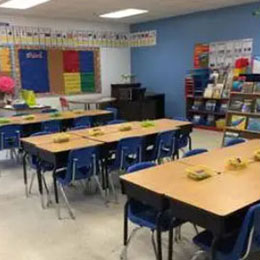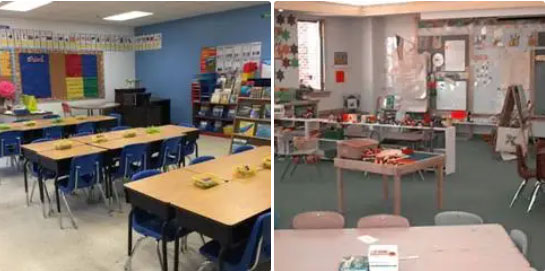
The "What" and the "Why" of Conferring
We all know and value the importance of all children reading self-selected books for up to 30 minutes every day in a balanced literacy classroom. Independent reading provides the time for students to internalize, through practice and reflection, the learning from whole group and small group classroom experiences. Independent reading also empowers readers. Readers choose what they read and set their purposes for reading. They develop their interests and their reading repertoire. However, independent reading is incomplete if the teacher is not conferring with each child about their reading every week.
The "what" of conferring
Conferring is a regularly scheduled time devoted to meeting one-on-one with each reader to discuss the texts they have chosen and are reading from their book bins. Every text that they have selected tells part of their story. We learn about their interests, their understanding of their own reading abilities, their ability to take risks as readers if interest is high: conferring tells us about who they are as readers and as people.
Effective conferring sessions are:
- Regular: at least once a week
- Short: about 5-7 minutes
- Focused: teachers have identified and clearly communicated the purpose for the session
- Student Led: teachers use prompts and guiding questions to learn about the student as a reader, learner, and thinker
- Data Rich: teachers make notes about what they learn about each reader to use for reflection and planning
Conferring requires consistency and dedication. Teachers constantly work to use their instructional time wisely. Strong literacy teachers know the importance of devoting at least 90 minutes every week to conferring because of the richness of the experience for both teacher and reader and the valuable data it provides.
“Conferring is critical to student learning because it provides feedback in an authentic context. It is in the moment. Students want to know that we care about them, not only as learners, but as readers.” (Patrick Allen, 2012)
The "why" of conferring
Conferring is the culmination of the reading process. By engaging with students in rich conversations about their reading, we can shepherd developing readers and writers and provide an authentic context for ongoing assessment and response. Daily reading motivates students and develops their love of reading. Conferring with readers about their choices adds an important layer. When we take time to sit one-on-one with children and ask them about what they are reading, we are placing great value on the process. We show them that this work is important enough for the teacher to learn about what they are doing and why. We engage in a conversation as a fellow reader, a learning partner, who is truly interested in their choices and thinking, asking questions to learn more than what books they are reading. We want to know how that book changed their thinking and their understanding. We want to know them! Reading isn’t just something we do in school, it is part of who we are as learners.
RESOURCES
Allen, P. (2012). Conferring: The Keystone of Reader’s Workshop. New York, NY: Stenhouse.
Boushey, G., & Moser, J. The cafe book: Engaging all students in daily literacy assessment and instruction. New York, NY: Stenhouse.
Fountas, I., & Pinnell, G. (2001). Guiding readers and writers (3-6): Teaching, comprehension, genre and content literacy. Portsmouth, NH: Heinemann.
This article is #11 in the twelve-part series, “Getting My Classroom Ready for Balanced Literacy Instruction: Classroom Culture and Environment.”


